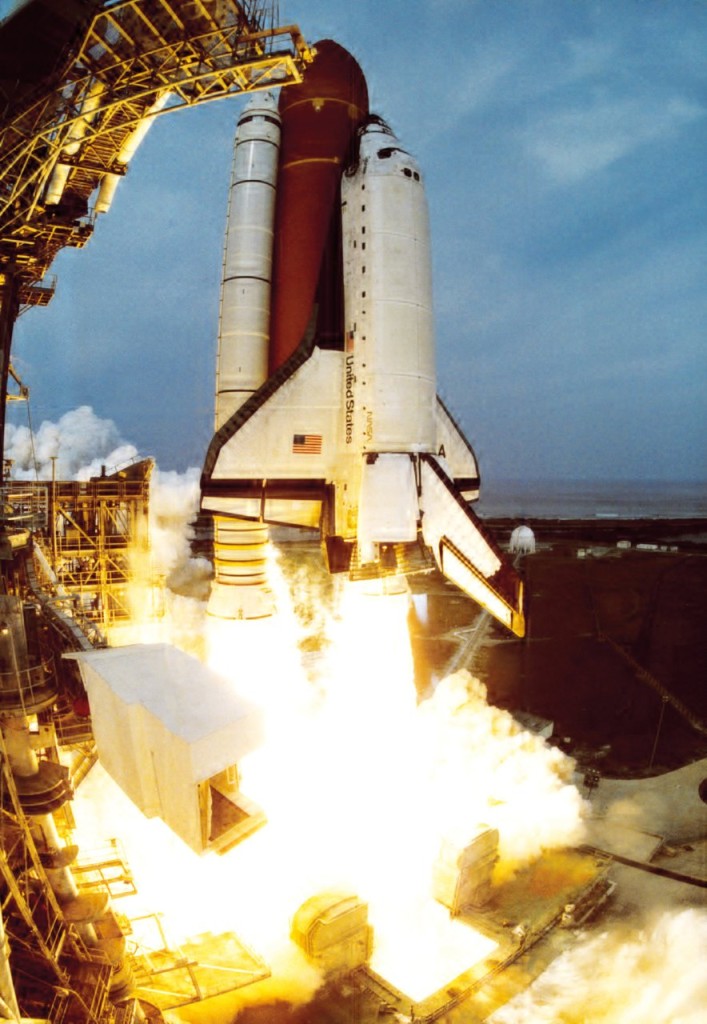After having passed a strict selection by the Agenzia Spaziale Italiana (Italian Space Agency), in 1992 Maurizio Cheli joined the European Space Agency (ESA) and was sent to the NASA Johnson Space Center in Houston where he would train as Mission Specialist, that is professional astronaut. Before then, Italians who had flown to space, did so as Payload Specialists, that is, specialists of useful load. Therefore, their participation to the mission was tied exclusively to their specific scientific skills of one of the on-board experiments.
After years of training, in 1996 he attended the Space Shuttle Columbia STS-75 Tethered Satellite mission, first Italian to assume the role of Mission Specialist.












